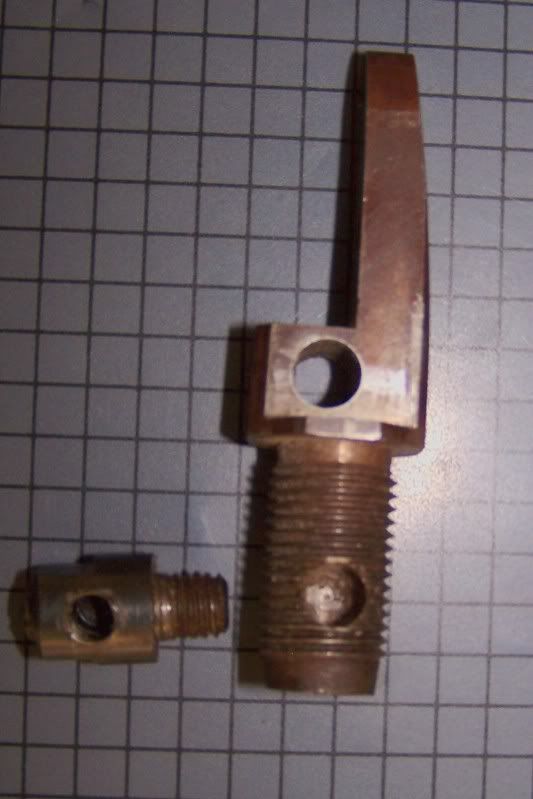I am new here and after fussing with a misfiring Pedersoil Pennsylvanis rifle in 45 cal for a year I have have finally solved it.
The "patent breech" is too small in diameter.
I read on this board sporadic frustrations with Pedersolis flinters. Trust me this will make all your dreams come true.
Ever notice thatyour cleaning brush doesnt make it to the bottom of the barrel like you are used to. That is because you have a "patent breech". The Pedersoli patent breech is 1/4 inch diameter. Its too dang small for powder mixed with a little oil and some carbon crud to make to the bottom of the breech where the touch hole can light it off.
I removed the breech plug and drilled mine to 5/16 and it is now a very reliable shooter. I had to shorten up the touchhole liner to match the larger bore. It took me about an hour. Dont forget that you MUST remove the touchhole before you remove the breech plug.
I have a drill press but it could be done with a vice and a hand drill. The steel was very easy to drill.
I dont know what other models are affected but I do know that all Pedersolis have patent breeches. I suspect they are all built to the 1/4 inch.
If you decide to live with this bring a wire brush in 22 cal to clean the patent breech between shots. Also slpping the barrell to get the powder down the breech helps.
I shot mine last weekend with 445 balls and .010 patches with wonderlube and I ran a spit patch down it every 10 shots or so. Didnt hang up even once. I didnt notice any change at all in ignition speed and I very much doubt the wisdom of the 19th century patent breech invention.
The "patent breech" is too small in diameter.
I read on this board sporadic frustrations with Pedersolis flinters. Trust me this will make all your dreams come true.
Ever notice thatyour cleaning brush doesnt make it to the bottom of the barrel like you are used to. That is because you have a "patent breech". The Pedersoli patent breech is 1/4 inch diameter. Its too dang small for powder mixed with a little oil and some carbon crud to make to the bottom of the breech where the touch hole can light it off.
I removed the breech plug and drilled mine to 5/16 and it is now a very reliable shooter. I had to shorten up the touchhole liner to match the larger bore. It took me about an hour. Dont forget that you MUST remove the touchhole before you remove the breech plug.
I have a drill press but it could be done with a vice and a hand drill. The steel was very easy to drill.
I dont know what other models are affected but I do know that all Pedersolis have patent breeches. I suspect they are all built to the 1/4 inch.
If you decide to live with this bring a wire brush in 22 cal to clean the patent breech between shots. Also slpping the barrell to get the powder down the breech helps.
I shot mine last weekend with 445 balls and .010 patches with wonderlube and I ran a spit patch down it every 10 shots or so. Didnt hang up even once. I didnt notice any change at all in ignition speed and I very much doubt the wisdom of the 19th century patent breech invention.






